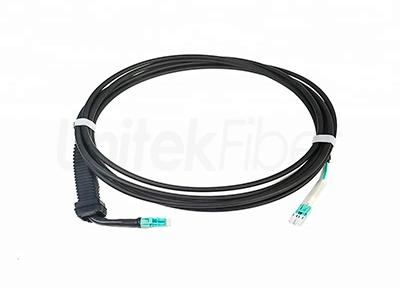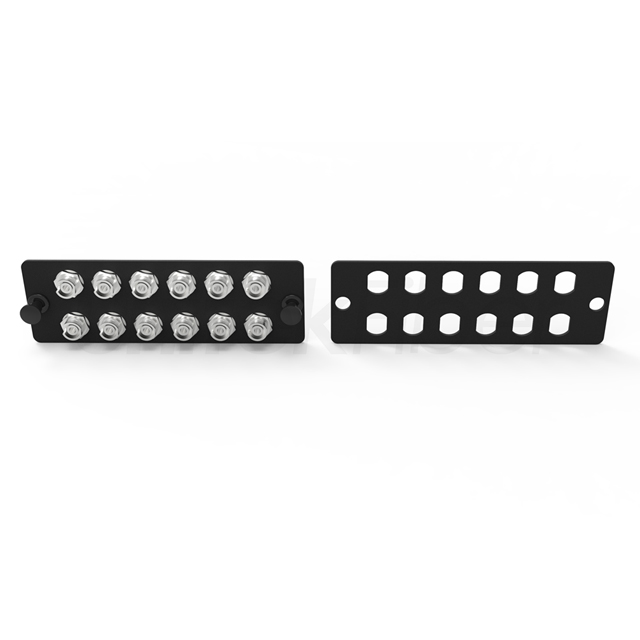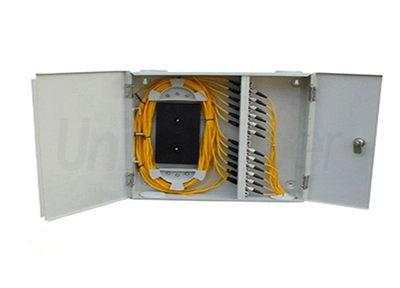
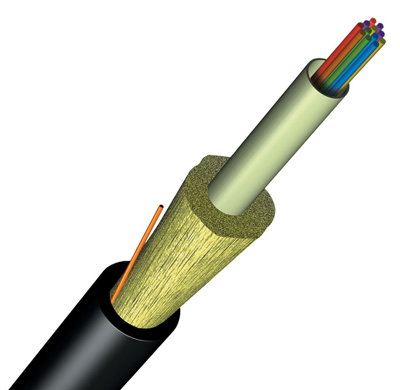
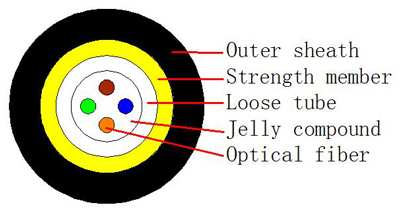
Central tube optical cable possesses loose tube structure of the central tube. Because its optical fiber is in the center of the cable, which has good bending characteristics and compact structure, it has become the main type after being introduced. Wuhan Institute of Post and Telecommunications Science, based on the characteristics of China's vast territory and small optical fiber communication capacity at that time, has developed the first optical cable patent product with Chinese characteristics, that is, the central tube optical cable.
There are several forms of central tube structure. The first one has no steel belt armor, which is strengthened by parallel galvanized steel wire and has the problem of poor water penetration and bad low-temperature characteristics. Later, steel belt armor is added, and it is the first forming technology of optical cable steel strip longitudinal wrapping in China, adopting classification molding, steel belt flat belt butt joint, hot melt adhesive bonding process, which not only solves the problem of water penetration and high/low temperature, but also determines the rudimentary technical standard of steel strip. However, the optical cable is very difficult to peel. Finally, the technology of water blocking tape or oil paste filling is developed to further rationalize the structure. However, from the perspective of structural characteristics, if there are more than 12 cores are used, complex bundling technology is needed to distinguish optical fiber. Later, spraying ring technology is developed for OPGW. When multiple groups of optical fiber are placed in one tube, multiple fiber shelves are needed, so the utilization ratio of the equipment is limited, which is not conducive to large-scale production and not easy to be divided in project.
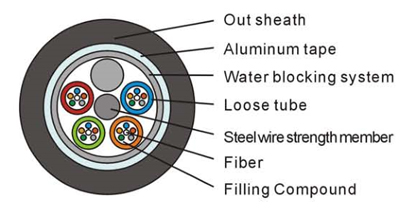
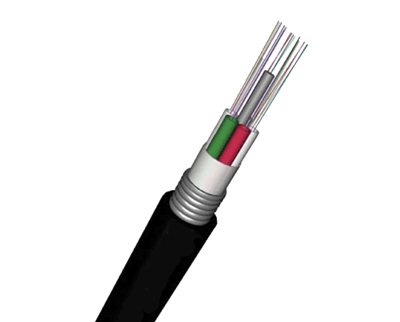
In 1991, Wuhan institute of post and telecommunications introduced NOKIA production line of loose tube, and introduced S-stranding cable from France. Then layer-stranding optical cable has been widely used. For S-stranding structure, the technology of synchronous back-twist of receiving and releasing line has been adopted. The cable pitch is stable, and the oil paste is filled and wrapped with polyester tape. The advantages are that the cable performance is stable, and the theoretical basis of cable surplus design today has been established. The disadvantages are complex equipment, low efficiency and high energy consumption. In 1995, SZ-stranding cabling equipment was developed, which greatly simplified the cabling equipment and improved the production efficiency. And the double-core shift winding, SZ reciprocating stranding process, ointment filling, longitudinal wrapping or wrapping tape were used to produce 12-unit tubes at most. The filling rope was developed as the filling unit, and two distinguishing methods of pilot color indication and full chromatography were designed.
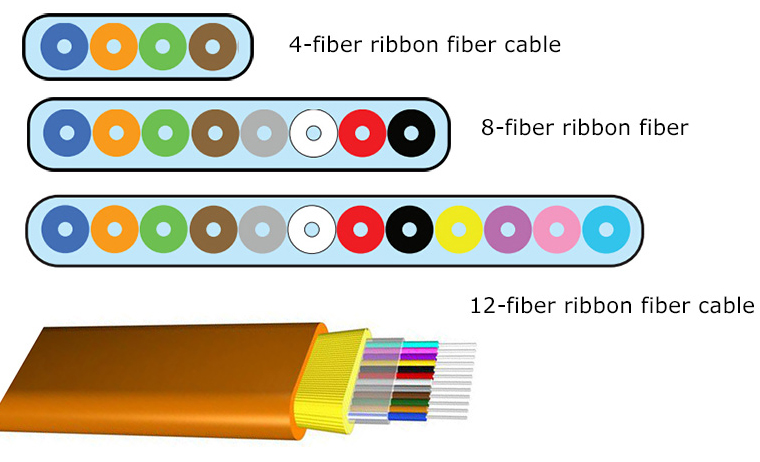
The difference of cuff technique is that multiple optical fibers are arranged side by side. This technology was first used in skeleton ribbon cable in Japan, and the first one introduced into China was central tube ribbon cable. The key technology of optical fiber ribbon is paralleling fibers. The main index is the flatness control, and the colored optical fiber used in paralleling fibers is also different from the coloring process control of ordinary colored fiber. The other key is that the tidiness and tension of the winding line should match the cuff technique.
In cuff technique of ribbon fiber optic cable, ribbon fiber optic cable is usually stranded into tube with S or Z stranding structure, so the concept of the remaining length is different from that of the ordinary cuff. Because the cuff is thick, the wheel type traction is generally not used, while the track traction is mostly used. The key parameters to control the remaining length are: tension of ribbon releasing, pitch of pipe inlet, molds (multiple), water temperature and line receiving tension. Its theoretical calculation should specially include strain of each sideband and side fiber, and be connected with the actual test. In the initial stage, the duty ratio and pitch designed by each plant are relatively large. With the increase cost pressure, the technology began to be pushed towards the direction of small structure, which can best reflect the technology control ability of each plant in the ribbon fiber optic cable structure.
Skeleton ribbon fiber optic cable has its own characteristics in application because it has no ointment. In this period, only Chang Fei company introduced this technology, but it was not widely used. The main problems are: fail to produce 12-core ribbon; reduces the number of cores in one-time fusion; adopt S-stranded structure, which is not convenient for branching; complex equipment; high cost and low efficiency.
OPGW (composite optical fiber overhead ground wire) adopts stainless-steel welding technology, including stainless-steel strip surface treatment, trimming, forming, seamless argon arc welding, oil filling, drawing, flaw detection and other complex technologies. Multiple optical fibers are placed in the stainless-steel protective tube, and the outer one-way stranded aluminum clad steel stranded wire will not damage the optical fibers even when lightning strikes and other large currents pass through the optical cables. Due to its excellent application characteristics, it has been widely used in new power system, forming an industry of nearly 3 billion scale, and its stainless-steel tube cuff technique has laid the foreshadowing for the realization of submarine cable.
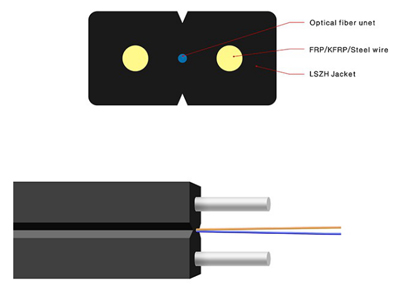
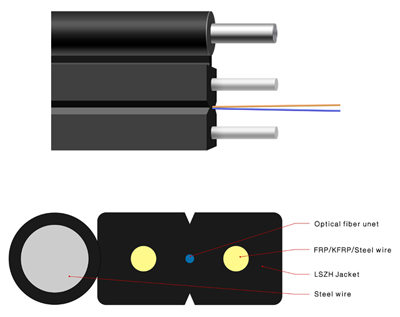
The emergence of butterfly optical cable is different from the previous design ideas. Its bare fiber is directly sheathed, which is designed based on the requirements of the last 100m of access network. There are pipeline and overhead, pipeline introduction and other laying forms. The process route is colored, sheathed or protected by aluminum tape sometimes. The tensile and temperature test of optical cable are different from those of ordinary optical cable. Burning characteristics and environmental safety factors are also considered.
The difficulty of this structure lies in the control of optical fiber loss, the control of optical cable structure size (need to cooperate with quick connector), the latest requirements of small surface friction coefficient for the construction of multiple optical cables in one pipe.
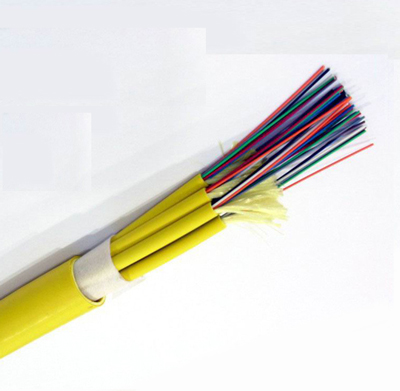
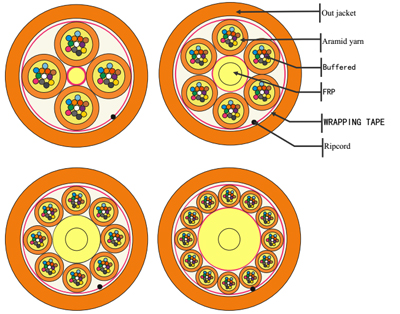
The traditional indoor optical cable is mainly jumper optical cable and short-distance indoor connection optical cable. With the development of FTTX, the types of optical cables in the building began to increase, including branch optical cables, wiring optical cables, etc.
These optical cables are all based on the tight cuff technology, and their materials are PE, AT, PU, PVC, LSZH, etc. They are quite different from the previous loose tube technology, and have various requirements for stripping.

